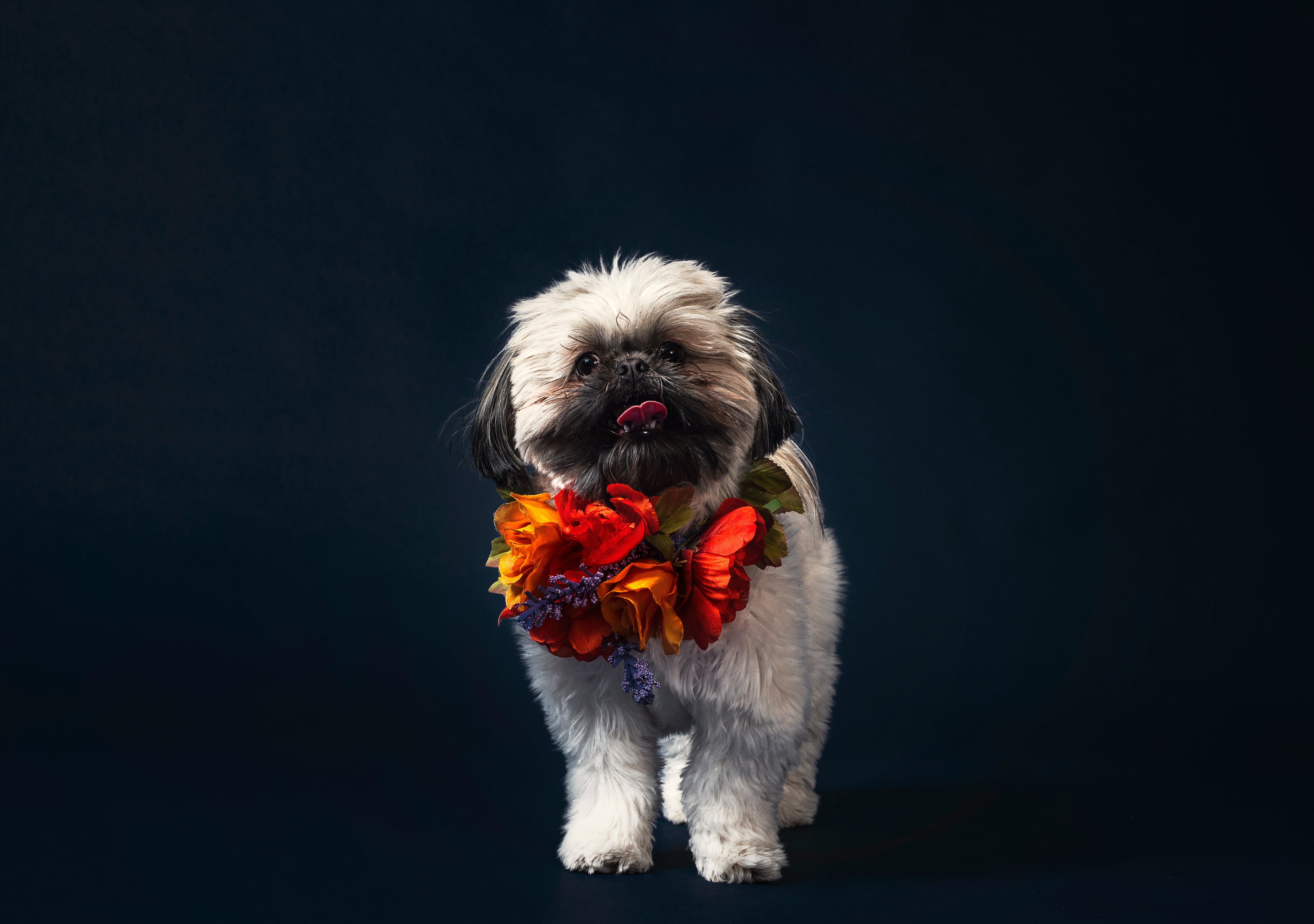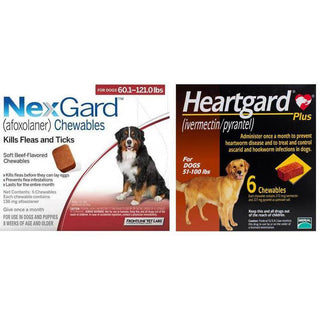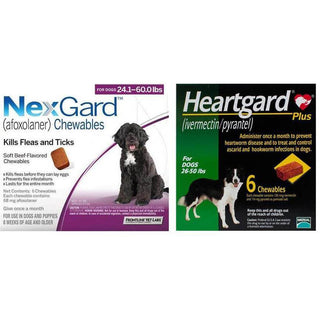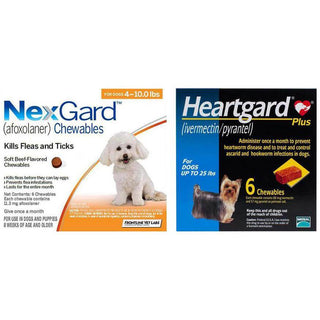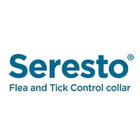As a pet parent, you want your dog to look and feel its best. One important yet often overlooked aspect of your dog’s health is the condition of its hair follicles—the tiny structures responsible for healthy coat growth. Understanding how hair follicles work, what affects them, and how to keep them healthy can help you prevent common issues like hair loss, skin infections, and dull coats.
Let’s look at what dog hair follicles are, how they function, and how you can care for your pet’s skin and coat.
What Are Hair Follicles in Dogs?
Hair follicles are small, tunnel-like structures located in the skin's dermal layer. These follicles produce and support individual hairs and are essential for coat health. Each hair follicle goes through a natural cycle involving three main phases:
- Anagen (Growth Phase): Hair actively grows from the follicle.
- Catagen (Transition Phase): Growth slows, and the follicle shrinks.
- Telogen (Resting Phase): Hair growth stops, and the old hair is eventually shed to make room for new growth.
The hair growth cycle in dogs can vary by breed, age, season, and health. Double-coated breeds, like Golden Retrievers and Huskies, may have more complex follicular structures than short-haired breeds.
Why Are Healthy Hair Follicles Important for Dogs?
Healthy hair follicles are critical to maintaining a shiny, full coat and preventing skin problems. They help:
- Regulate temperature: The dog’s fur acts as insulation.
- Protect the skin: Hair guards against sunburn, dirt, and parasites.
- Support skin health: Healthy follicles prevent dryness, irritation, and infections.
If a dog’s follicles become inflamed, clogged, or infected, it can lead to conditions like folliculitis, bald patches, or chronic skin issues.
Common Hair Follicle Issues in Dogs
Recognizing early signs of hair follicle issues can help you take timely action and get the right treatment. Below are some common conditions to watch out for:
1. Folliculitis
This is an infection or inflammation of the hair follicles. Bacteria, fungi, or parasites often cause it. Signs include:
- Red bumps or pustules
- Itchiness or discomfort
- Patchy hair loss
2. Alopecia
Hair loss, or alopecia, can result from hormonal imbalances, allergies, parasites like mites, or autoimmune diseases. Some dogs may develop symmetrical bald spots or generalized thinning of the coat.
3. Seborrhea
This condition leads to flaky or greasy skin, which can clog follicles and disrupt growth. It may be caused by genetics, poor nutrition, or underlying illness.
4. Cushing’s Disease or Hypothyroidism
Hormonal disorders like these can interfere with the normal function of hair follicles, leading to thinning hair or slow regrowth.
How to Keep Your Dog’s Hair Follicles Healthy
Keeping your dog’s hair follicles healthy doesn’t require anything fancy—just consistent care and attention. Here are some tips:
✅ Feed a Balanced Diet
Nutrition plays a major role in coat health. Ensure your dog gets omega-3 and omega-6 fatty acids, high-quality protein, and essential vitamins like biotin and E.
✅ Regular Grooming
Brushing helps remove dead hair, distribute natural oils, and stimulate blood circulation around the follicles. For long-haired breeds, grooming prevents mats that can damage follicles.
✅ Bathing with Gentle Products
Limit how often you bathe your dog and stick to shampoos made specifically for canine skin. Products with strong chemicals can strip away natural oils, leading to dry skin and weakened hair follicles. Instead, choose gentle formulas with natural ingredients like aloe vera or oatmeal.
✅ Parasite Prevention
Fleas, ticks, and mites can irritate hair follicles and cause secondary infections. Therefore, it is recommended that you use vet-approved flea and tick prevention treatments regularly.
✅ Visit the Vet for Skin Concerns
Consult a vet if your dog has chronic itchiness, hair loss, or skin infections. Early diagnosis and treatment can prevent long-term follicular damage.
Breeds Prone to Hair Follicle Issues
Some breeds are more susceptible to follicle-related conditions due to genetics or coat type. These include:
- Bulldogs and Boxers (prone to folliculitis)
- Chinese Crested and Mexican Hairless (prone to follicle infections)
- Dachshunds and Miniature Poodles (may experience alopecia)
Regular vet checkups are essential for these breeds to monitor skin and coat health.
When to Be Concerned
Contact your vet if you notice the following:
- Sudden hair loss
- Red, inflamed skin
- Excessive scratching
- Oozing bumps or scabs
- A foul odor from the skin or coat
These symptoms may indicate an underlying issue with your dog’s hair follicles that requires medical attention.
Final Thoughts
Your dog’s coat directly reflects their overall health, starting at the hair follicle level. Understanding how these tiny structures work and caring for them properly can help your dog stay comfortable, confident, and healthy.
To ensure your furry friend's skin and coat thrive, maintain regular grooming, balanced nutrition, and timely vet visits.


